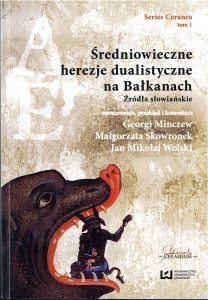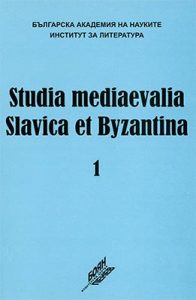A recent purchase, Monasticism in Eastern Europe and the Former Soviet Republics edited by Ines Angeli Murzaku (Routledge, 2016), provides essays on various aspects of monasticism in Eastern-Central Europe, Russia and the former Soviet Republics.
Daniela Kalkandjieva addresses “Monasticism in Bulgaria”; Julia Verkholantsev discusses “Croatian monasticism and Glagolitic tradition: Glagolitic letters at home and abroad,” which complements her 2014 monograph The Slavic Letters of St. Jerome: the History of the Legend and its Legacy, or, How the Translator of the Vulgate became an Apostle of the Slavs; Jelena Dzankic writes on “Religion and identity in Montenegro”; Graham Speake comments on “Mount Athos: relations between the Holy Mountain and Eastern Europe”; Radmila Radić on “Monasticism in Serbia in the modern period: development, influence, importance”; Antonio D’Alessandri tackles “Orthodox monasticism and the development of the modern Romanian state: from Dora d’Istria’s criticism (1855) to cyclical reevaluation of monastic spirituality in contemporary Romania”; the editor Murzaku composed “Between East and West: Albania’s monastic mosaic.”
















